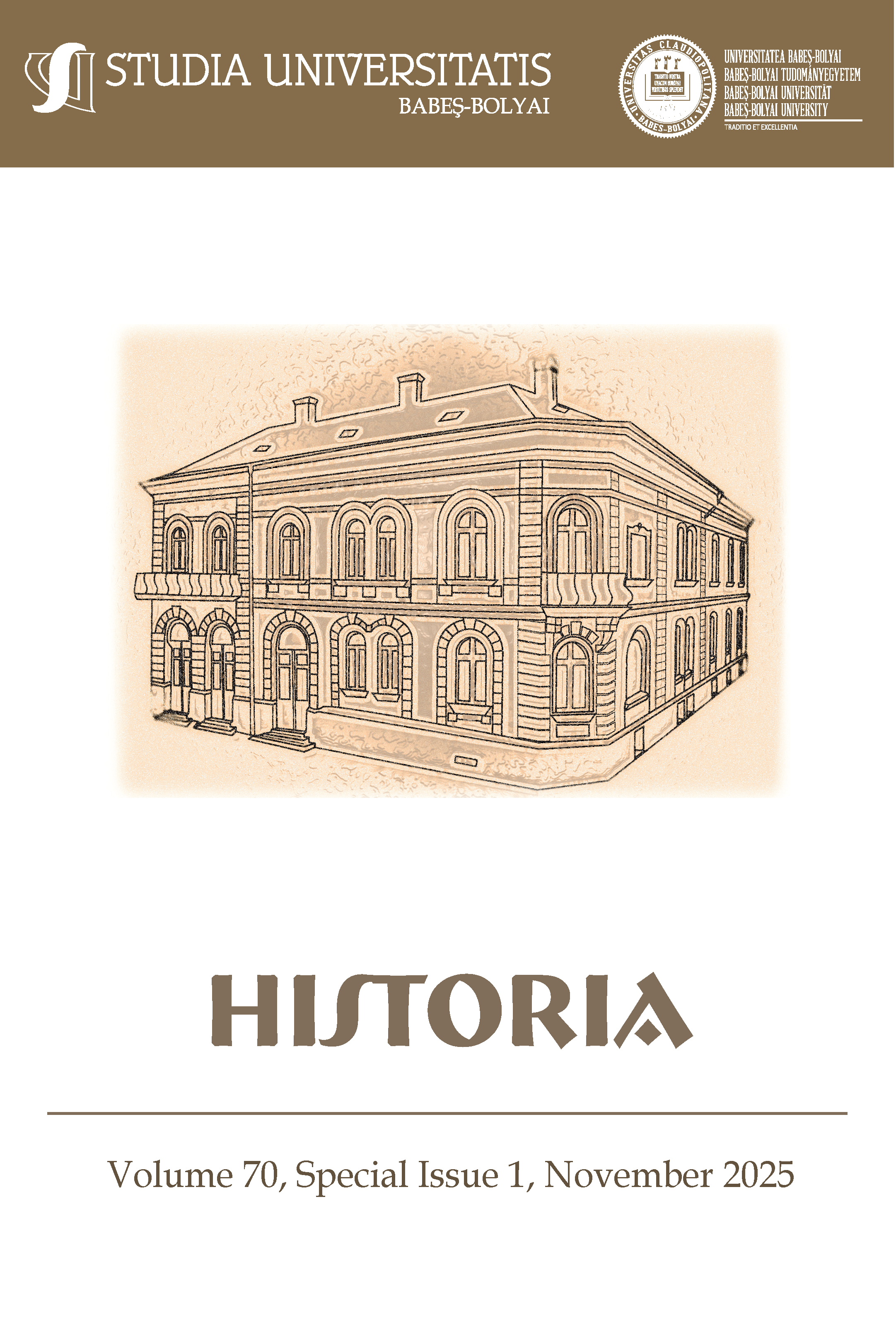A Database for Capestrano’s Correspondence: Why and How?
DOI:
https://doi.org/10.24193/subbhist.2025.sp.iss.1.02Keywords:
Late Medieval Europe, Franciscan Studies, John of Capestrano, Correspondence, Digital Humanities, DatabaseAbstract
The friar John of Capestrano (1386-1456) was a key figure of the Quattrocento, with a core during his “European Mission” (1451-1456). He was, in his lifetime as (sometimes) still at present a controversial character: Franciscan reformer, jurist, inquisitor, promoter of the Observant movement, Vicar general of the Observance, preacher and a crusader on the occasion of defending Belgrade. It is necessary to definitively overcome apologetic, romantic and ideological interpretations and break through the distorting mirrors at the root of opposing prejudices. The friar’s rich correspondence has been identified as an indispensable starting point not only to read his figure in other terms. In fact, the ‘Capestrano-case’ – if placed in the complex European political and religious contemporary context – proves to be an excellent detector for the intertwining of religious reforms, political perspectives and the process of making Europe at a crucial moment. Two objectives are therefore primary: 1) to study the entire corpus of his correspondence in a critical edition; 2) to process this corpus by making it available to European scholars on an electronic platform.
My dissertation is focused on the so-called Italian letters and my challenge is fine-tuning a database to be then applied to the whole corpus.
Rezumat: Călugărul Ioan de Capistrano (1386-1456) a fost o figură cheie a secolului al XV-lea, cu un rol central în timpul „Misiunii europene” (1451-1456). El a fost, în timpul vieții sale și (uneori) chiar și în prezent, un personaj controversat: reformator franciscan, jurist, inchizitor, promotor al mișcării Observante, vicar general al Observanței, predicator și cruciat cu ocazia apărării Belgradului. Istoriografia necesită depășirea interpretările apologetice, romantice și ideologice și înlăturarea oglinzile deformante care stau la baza prejudecăților aflate în opoziție. Corespondența bogată a călugărului a fost identificată ca un punct de plecare indispensabil nu numai pentru a-i citi figura în alți termeni. De fapt, „cazul Capestrano” – dacă este plasat în contextul complex al politicii și religiei europene contemporane – se dovedește a fi un excelent detector al împletirii reformelor religioase, perspectivelor politice și procesului de construire a Europei într-un moment crucial. Prin urmare, două obiective au fost primordiale: 1) studierea întregului corpus al corespondenței sale într-o ediție critică; 2) prelucrarea acestui corpus, punându-l la dispoziția cercetătorilor europeni pe o platformă electronică.
Cuvinte cheie: Europa medievală târzie; Studii franciscane; Ioan de Capistrano; corespondență; digital humanities; bază de date.
*The paper was presented at the International Conference Revising Revisionism: Paradigms, Interpretative Models and Heuristic Tools in Historical Research (Cluj-Napoca, Doctoral School in History, Civilization, Culture – 11 Novembre 2023). It offers an overview of the motivations, objectives and provisional results of my doctoral research: Una piattaforma informatica per la corrispondenza di Giovanni da Capestrano. Dal campione delle lettere “italiane” al database del Grand Tour (1451-1456). In the meantime, the thesis has been discussed in July 2024.
Downloads
Published
How to Cite
Issue
Section
License
Copyright (c) 2025 Studia Universitatis Babeș-Bolyai Historia

This work is licensed under a Creative Commons Attribution-NonCommercial-NoDerivatives 4.0 International License.



